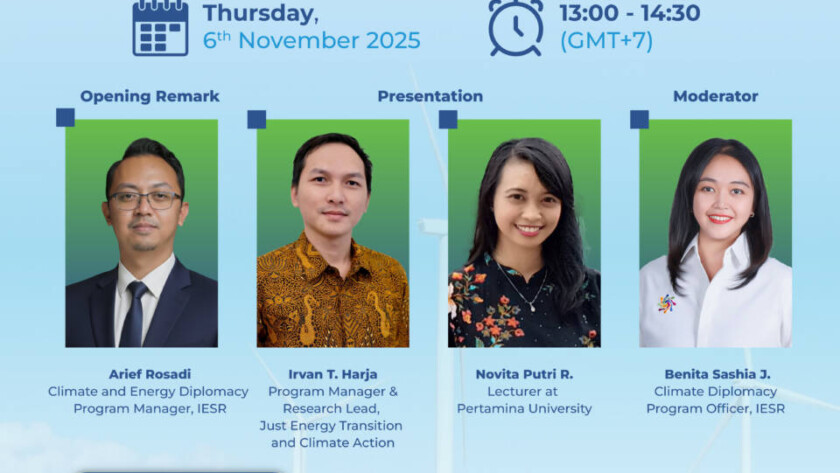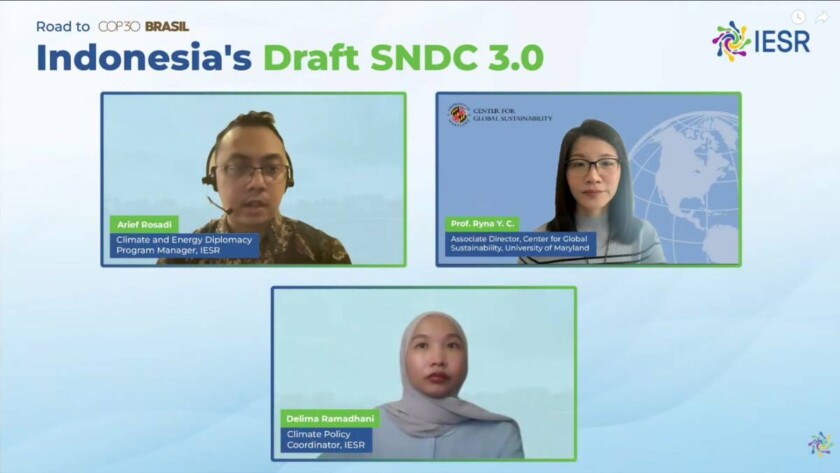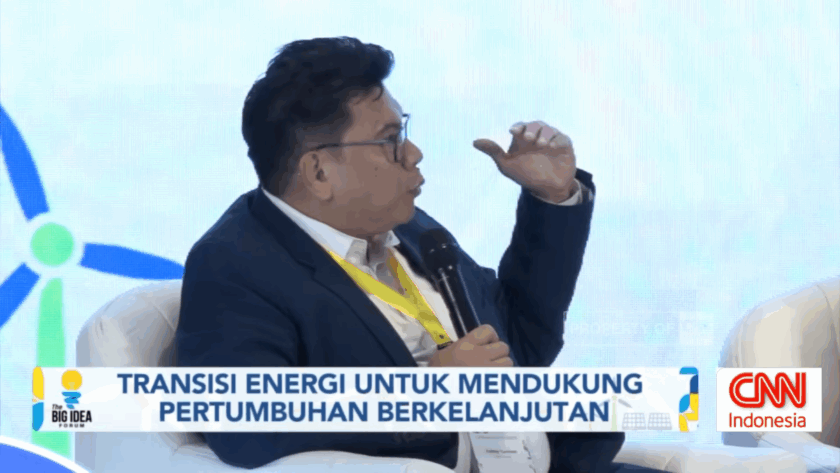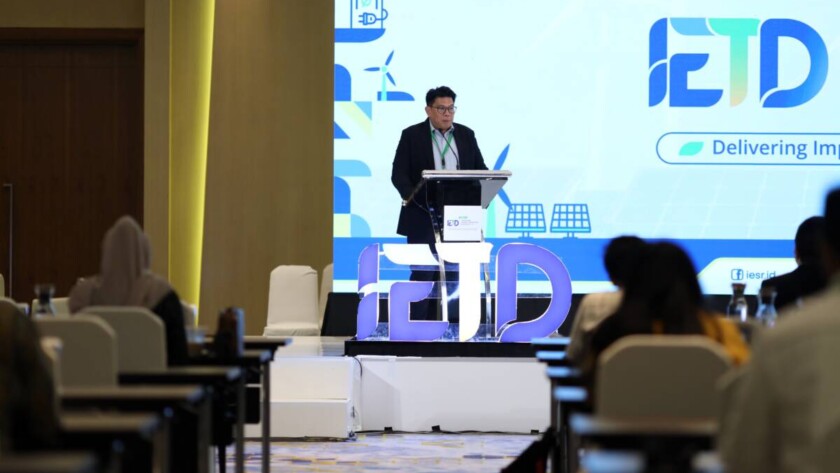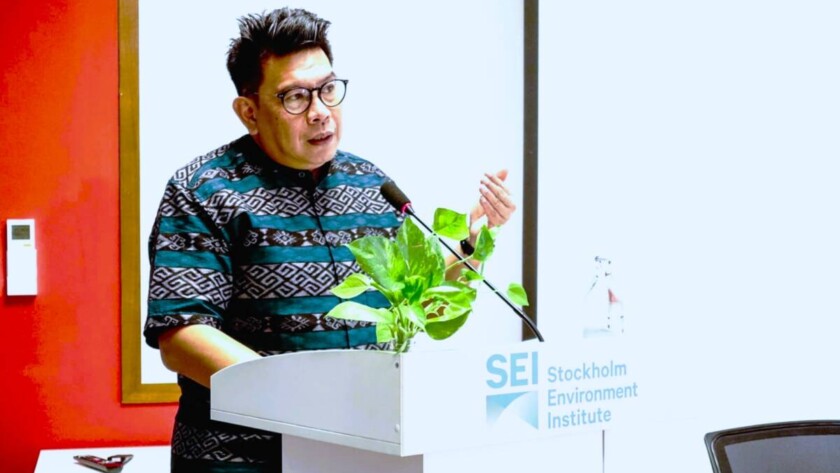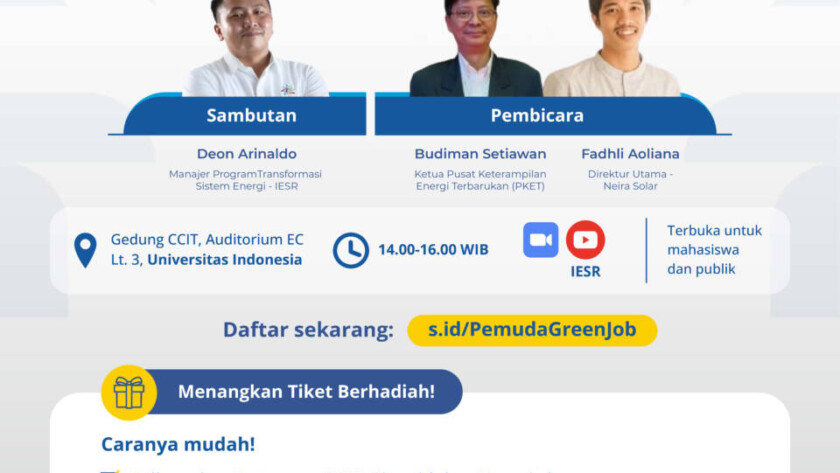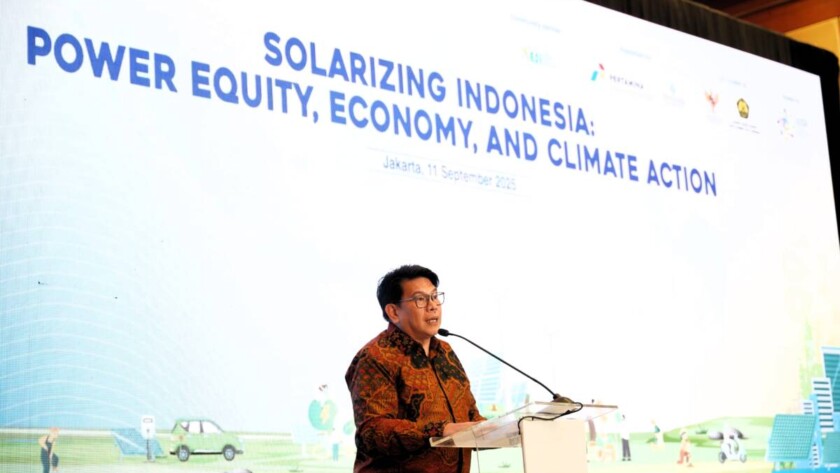Background
The urgency to shift toward a green economy is gaining momentum across Southeast Asia as ASEAN Member States (AMS) confront the dual challenge of sustaining robust economic growth while addressing the escalating impacts of climate change. With energy demand rising by an average of 3–4% per year (IEA, 2025 ), the region faces mounting…
